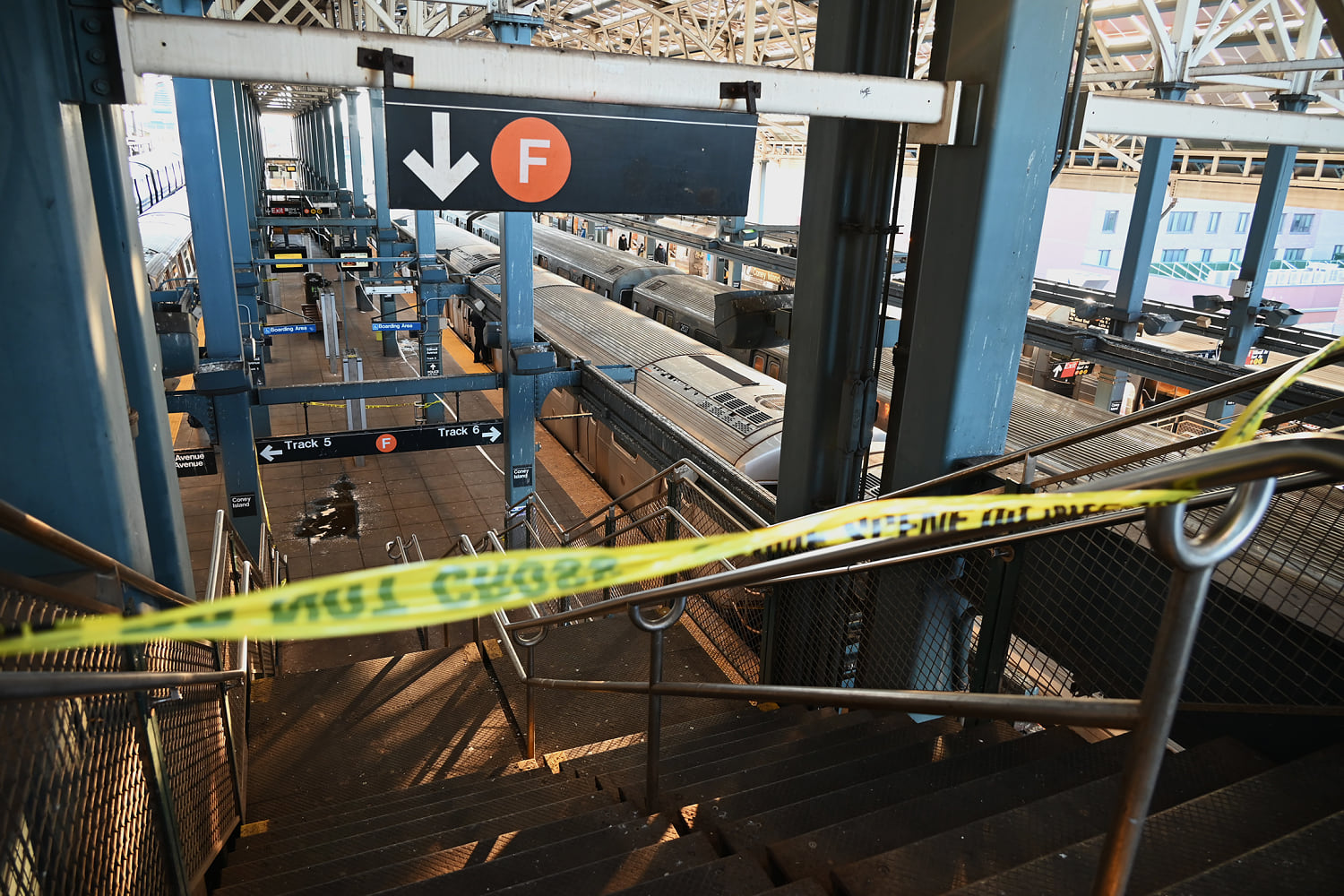
On a New York City subway car in the early morning of Dec. 22, a man set a sleeping woman on fire in a brutal act of senseless violence. Her name was Debrina Kawam; she was a 57-year-old woman experiencing homelessness in New York City, trying to sleep and keep warm on a cold winter day. The story made the front page of many major news outlets. But left unsaid was how frequently people experiencing homelessness are killed — often while sleeping.
According to the most recent data released by the Department of Housing and Urban Development, 771,480 people experienced homelessness on a single night in January 2024, a record and an 18% increase from the prior year. What those numbers do not tell us is the way that violence shapes homeless people’s lives. It is constant and terrifying.
What those numbers do not tell us is the way that violence shapes homeless people’s lives. It is constant and terrifying.
In our study, the California Statewide Study of People Experiencing Homelessness, the largest representative study of homelessness in the United States since the 1990s, we found that 38% of all adults experiencing homelessness in California had experienced a physical or sexual assault since they became homeless. This was more common among those who were unsheltered, meaning that they slept outside or in a vehicle. Ten percent of all such adults had been sexually assaulted recently, with that rising to 16% for women. Half of the time, our research found the attackers were strangers. In New York, police have found no line between Kawam and the suspect.
In my work as a physician and homelessness researcher, I have heard from many homeless people about the ways violence motivates minor and major life decisions. The threat of violence leads some to avoid shelter and others to stay in unhealthy relationships that offer protection from strangers. Many speak of using stimulant drugs like methamphetamine to stave off sleep, fearing that closing their eyes is too dangerous.
Like many people who experience unsheltered homelessness, Kawam sought the relative safety of public transportation. But even here she was not safe. The recent Supreme Court decision in Grants Pass v. Johnson allows a jurisdiction to cite or arrest people for sleeping in public spaces. New York City has had a “right to shelter” guarantee in place since the 1980s, but increasingly Mayor Eric Adams has tried to crack down on people who sleep on public transit. This tracks with national trends. Across New York City and the country more broadly, more transit riders view the presence of homeless people on public transportation as a threat, leading to increased efforts to remove homeless people sleeping on subways and buses.
The decision in Grants Pass, Oregon, has unleashed a torrent of local legislation designed to criminalize homelessness. But as Justice Sonya Sotomayor wrote in her dissent, sleep is a biological necessity, not a crime. And we argue that citing people for having no place to sleep makes no one safer and does nothing to solve the underlying problems. The rate of homelessness in a community is directly related to lack of affordable housing. Arresting homeless people for public sleeping increases the barriers they face to regain housing or employment, forces them into more dangerous and isolated places, and increases their fear and distrust of the police.
People who are homeless lack the basic protection most of us enjoy — the ability to lock a door. Because many who experience homelessness have had negative interactions with the criminal justice system, and police officers frequently participate in homelessness “sweeps,” people experiencing homelessness have low trust in police and are unlikely to report crimes, furthering their vulnerability.
In my work as a physician and homelessness researcher, I have heard from many homeless people about the ways violence motivates minor and major life decisions.
Our research found that once people who had been homeless regained housing, their risk of experiencing violence dropped by half. A strategy originating in President George W. Bush’s administration, called Housing First, focuses on helping people re-enter housing, and then wrapping services around them to provide the supports to help them stabilize and thrive. Multiple studies have shown that most people with severe mental health and substance use problems placed in Housing First remain housed long term. For others without these problems, the success rates are even higher. Homelessness among veterans has decreased by more than half since 2010, while homelessness in other groups rose, because of the government’s commitment to use Housing First at scale to address veteran homelessness. There is no reason this success could not be replicated for others.
Throughout literature, sleep has been a metaphor for death. But, in real life, sleep should mean neither death nor arrest. We need to focus on real solutions — increasing housing affordability and the services that allow people to thrive — instead of demonizing tired, frightened people. Because ultimately we know how to end homelessness. We just lack the political will to do so. Everyone deserves the safety and security of home. It is too late for Debrina Kawam, but it shouldn’t be for others.
